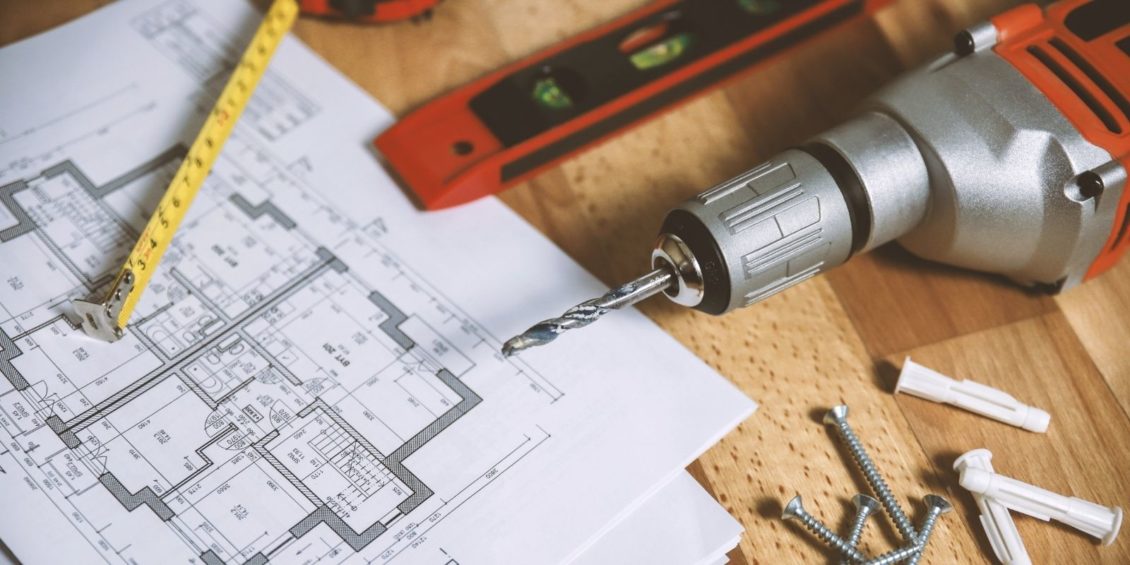DIY is a great way to achieve a sense of accomplishment whilst creating something useful.
It would be hard to think of a project that doesn’t need a drill. You need one to do just about anything; make holes in the wall for new wall decoration, install a new cabinet, and assemble some furniture. In addition, it can be used to repair or replace walls and ceilings that have been damaged for various reasons. Whatever the task, you’ll need a robust and dependable drill bit to get the job done.
How do I choose the right drill bit?
Drill bits are available in various shapes, types, and sizes. Drill bit selection is relatively straightforward, and it is determined by two factors: the type of material and the size of the hole being drilled.
- Drill Bit Material
You must identify the type of material that will be drilled. Almost every material is unique in terms of its combination of hardness and mechanical properties. As a result, drill bits are available in various shapes and sizes, each one optimized for a particular material. Here is a quick guide:
| Drill bit type | Drill Bit Material
|
Drilled materials |
| Masonry Drill bits | Titanium, Tungsten carbide, | Concrete, Reinforced concrete, Concrete blocks, Stone |
| Drill Bits for Metal
(Twist Drill, Countersink) |
HSS, Titanium, Tungsten carbide, Cobalt, Solid carbide | Ferrous and non-ferrous metals, Stainless steel, etc. |
| Drill Bits for Plastic
(Twist Drill, Countersink, spur-point bits) |
HSS | Plastic, Acrylic |
| Drill Bits for Wood
(Spade or flat wood bit, Hole saw, Brad Point Bits, Forstner bits) |
Steel | Wood, Carpentry |
| Tile head
(Spear Head Bits, Diamond Tipped or Coated Bits) |
Tungsten carbide | Tiles, Ceramics, Roof tiles |
| Glass head
((Spear Head Bits, Diamond Tipped or Coated Bits) |
Diamond | Glass |
- Drill Bit Size
The size of the drill bit will be determined by the size of the hole you desire or the size of the fasteners you intend to use in the project. Drill bits are available in two different sizes: metric (mm) and imperial (inch). In addition, HSS drill bits are available in diameters ranging from 1mm (3/64″) to more than 25 mm (1″), with smaller diameter bits available for specialized uses.
Bits with a diameter higher than 13 mm typically have a shank with a smaller diameter so that they can be used in a chuck with a 13 mm diameter. If you’re working with softwoods, go with a bit that’s 1/64″ smaller. When working with other materials, use a bit that is exactly the same diameter as the hole you want to drill.
What is the most commonly used drill bit fo DIY projects?
The following are some of the most often used drill bits for do-it-yourself projects:
- Wood Drill Bits: The wood drill bit is the most practical and widely used in woodworking. These are distinguished by the presence of a tiny, pointed tip at the very end. You can notice spurs on each side that grab hold of wood and cut it away with close inspection. Bits made of steel are excellent for softwood. However, hardwood will ultimately dull them, so it is preferable to use titanium-coated wood drill bits when working with this type of wood.


- Masonry Drill Bits: These bits have a broad arrow-shaped head. Masonry bits look like larger twist drills with a slightly tighter corkscrew shape. The carbide coating on the tip enables the bits to maintain their sharpness for an extended period. A masonry bit is quite useful when working with stone and cinder blocks, but it may also be used with some tile.


- Metal Drill Bits: Drill bits are designed for drilling metal and have flutes that taper to a point at an angle of 118 or 135 degrees. You can look for the high-speed steel (HSS) on the label; alternatively, more expensive metal drill bits with titanium coating or cobalt can be purchased.


What drill bits are best for wood?
Numerous drill bits are available to assist you with your do-it-yourself woodworking tasks. Whether used for repairs or to create something new, these drill bits can be handy.
- Twists drill bits
Standard twist drill bits are the workhorses of drilling. A twist drill is a bit with two to four spiral flutes on its shank. The 118° tip of this bit drills through wood, plastic, and metarl.
- Brad-points
Brad-points have spurs on the outer edges to prevent splintering and chipping of the surface material. Deep flutes clear chips fast. These bits range in diameter from 18″ to 1″.
- Spades
These bits are designed for drilling holes in wood projects but not for furniture. Its center point guides the bit, while outer spurs reduce hole tear-out. These range in size from 14″ to 112″.
- Forstner bits
Use a Forstner bit to drill holes with a flat bottom or overlapping holes to make mortises. A central spur guarantees a precise start. Angled cutters between the spur and sharpened rims create precise edges.
What drill bits are best for metal?
Selecting the appropriate drill bit for metal is critical to completing a project correctly and efficiently. For do-it-yourself projects, it must be a balance between performance and cost. The following are the best drill bits for do-it-yourself projects.
- Titanium Coated Drill Bits
HSS bits coated with a titanium compound are more robust and tougher than standard HSS bits, making them ideal for drilling difficult materials such as stainless steel. Titanium bits resemble HSS bits but have a brass or orange hue. However, the titanium coating ultimately wears away, and if you sharpen them manually or use a drill bit sharpener, the coating is completely removed.
- Cobalt Drill Bits
Cobalt Drill Bits The inclusion of cobalt strengthens the drills and allows them to operate at higher temperatures without losing their edge. However, they are more expensive, brittle, and thus more prone to chipping at the cutting edge. Cobalt steel bits are suitable for drilling steel and other metals.
Please feel free to go through our selection of drill bits. At RUKO, we only provide high-quality drilling instruments, so you can be confident that you will find the correct drill for your next do-it-yourself project.









Leave a Reply
View Comments